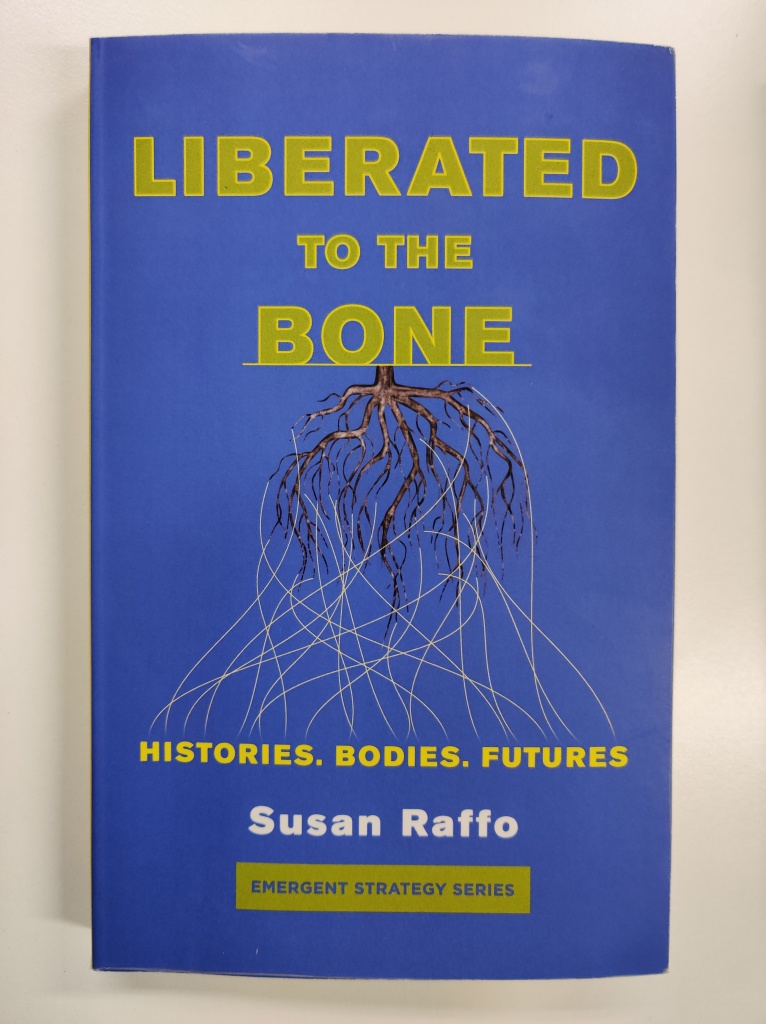To understand how our boundaries need to be, let’s look back at the original boundary, the cell membrane. The cell membrane embodies a deep wisdom. It’s job is to grow, to encounter the world and learn, but also to protect.

In order to protect the cell within, it will close itself off from world. This is meant to be a temporary measure for if the cell stays closed off too long, it can’t feed or breathe. It will die.
This boundary is intelligent. It learns what in it’s environment helps it and what harms it. It learns when to open and when to close. Ultimately it can only do one at a time and it gets more out of opening than closing, so protection is meant to be temporary.
As soon as the cell recognizes the danger has passed, it will open again.
Ideally we will learn to use our boundaries the same way, as the border that connects us to others and the world, to feed and breathe and learn, and only closing when absolutely necessary. Only closing when what we are encountering is actually harmful to us.
We call this ability to recognize when it is safe to open, trust. Mindful trust. Discerning trust. Trust that has learned what is truly harmful to us and what is not.
As we develop this cellular intelligence, it allows us to more and more engage with the world and others with openness and vulnerability. This is what allows us to get our needs met, to learn, to grow, and to connect with others with the authentic intimacy we fundamentally crave.
References

Leave a comment